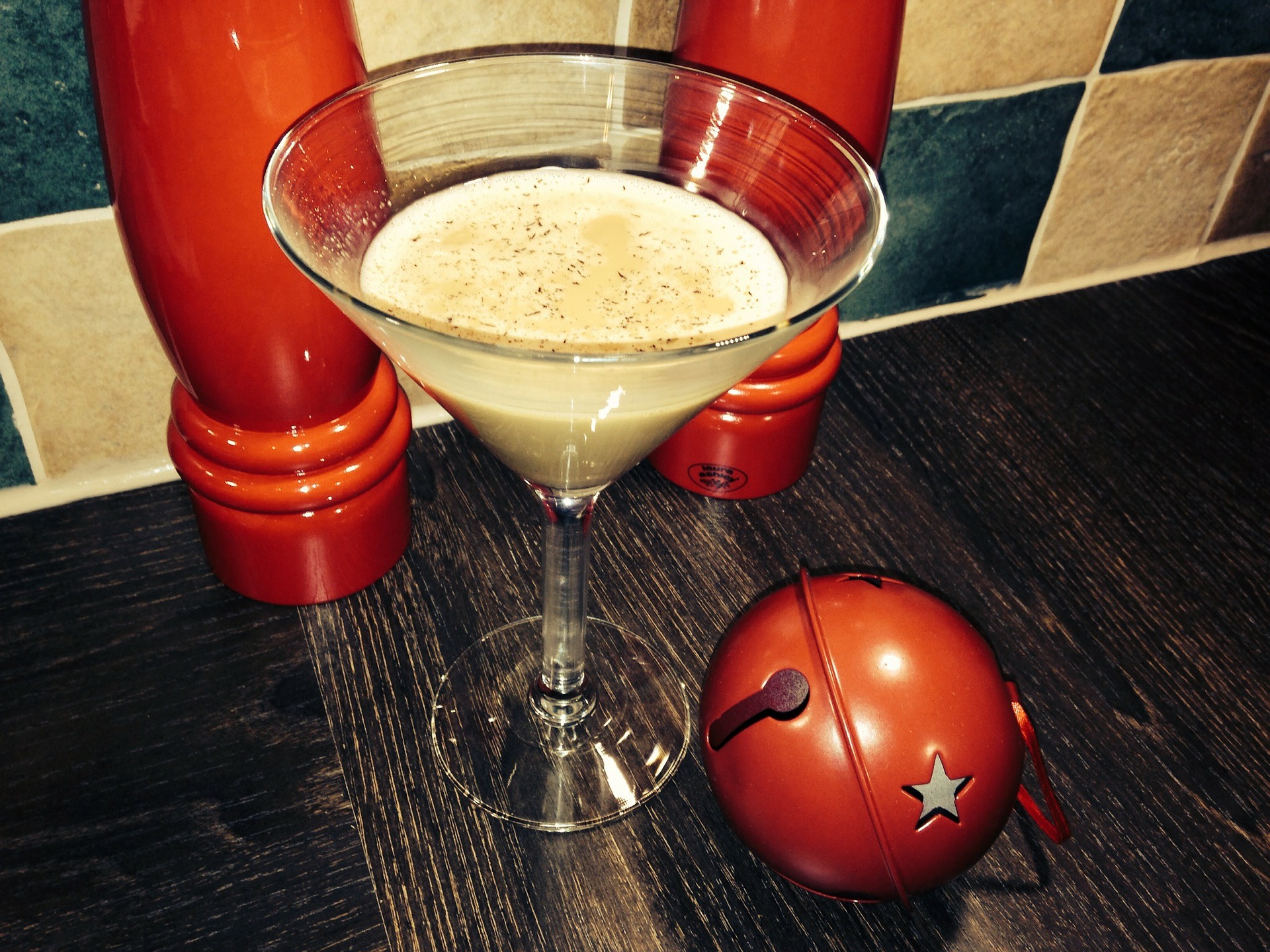Let’s get into the holiday spirit with the history of eggnog.
By definition, eggnog is a drink made of eggs, milk or cream, sugar, and, usually, rum or wine.
The “nog” in the eggnog has two possible origins: “nog” used referred to a strong beer, or, the nog in eggnog could come from “noggin” meaning a small, wooden cup used to serve drinks in taverns.
Eggnog hails from a very similar drink called posset. Posset was around as early as the 1200s, and it was a thick, highly alcoholic drink consisting of eggs, milk, ale or wine, and sometimes figs or spices.
From posset, eggnog descended, where it spread in popularity over Britain and the rest of Europe during the 1700s and 1800s.
At the time, milk and eggs were hard to come by. Hence, eggnog was often consumed only by the wealthy, as they toasted to prosperity and good health. And of course, it was typically enjoyed around the holidays, as it is today.
As with coffee, it was the colonists who popularized eggnog, despite its birth across the Atlantic. In Britain, the farms belonged to big estates. On top of that, there was no refrigeration.
By contrast, in America there were many farms, so cows and chickens were plentiful, and by extension so were milk and eggs. In addition, colonists could purchase inexpensive rum from the Caribbean, which was much cheaper than purchasing alcohol from Britain. Today, rum is still the primary liquor added to eggnog.
Over the years, various other regions put their own staples on the beverage. The South chose bourbon for their alcohol (which is still a popular choice), Puerto Rico made use of coconut milk, and even George Washington is said to have his own special eggnog recipe, with rye whiskey, rum, and sherry.
Much as with apple cider, I wouldn’t rely on the grocery store for good quality (and alcoholic) eggnog. In fact, the USDA allows as little as 1% egg yolk to be present in eggnog – this can yield to an egg-flavored milk more so than eggnog.
If you can’t find a local farmer or grower who sells the holiday treat you can of course try making your own at home.
